
They are extremely complex, gorgeous, and exquisite. Jewelry is not meant to show off, but to please oneself. Every piece of antique jewelry can be traced back to a period of history, expressing the prosperity and decline of history. Collecting an antique jewelry gives you a period of time, a story, and a lot of energy and memories. What’s even more valuable is that antique jewelry is unique, and once you miss it, you’ll truly miss it forever. An old antique, but it brings us a new touch of emotion. I love the blooming flowers on porcelain, and I also love the dazzling light on jewelry. From a distance, it may appear slightly heavy, but upon closer inspection, one is moved and heartbroken by the flawless craftsmanship and classic attention to detail. Precision craftsmanship is also art.

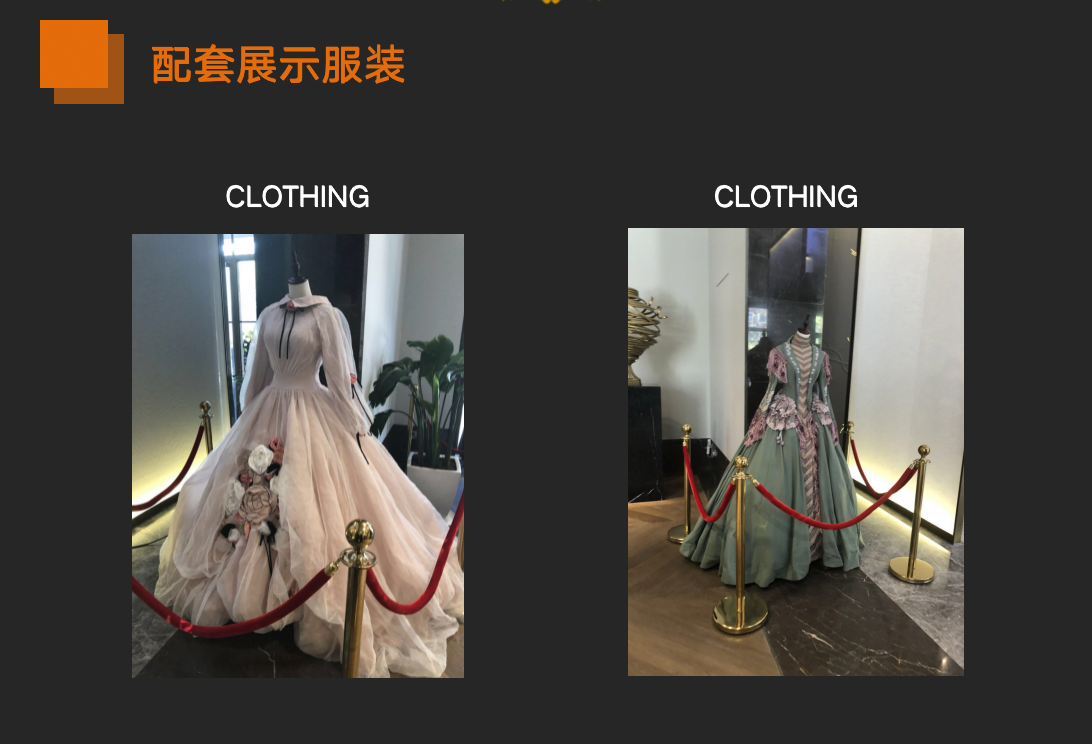
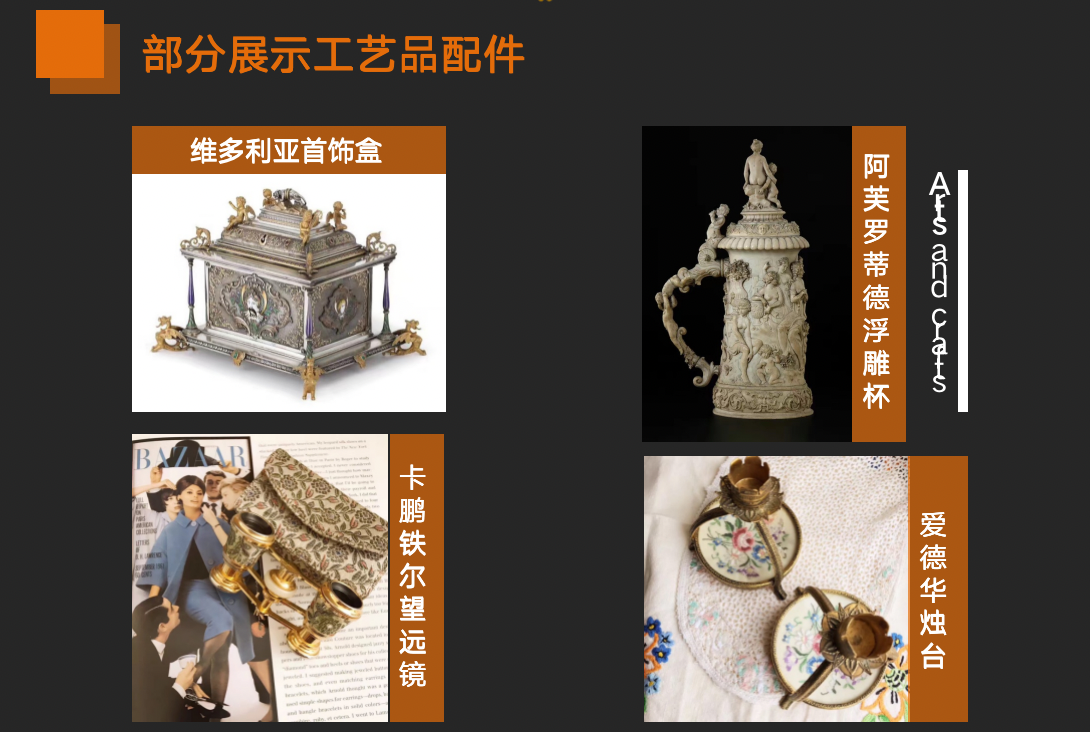
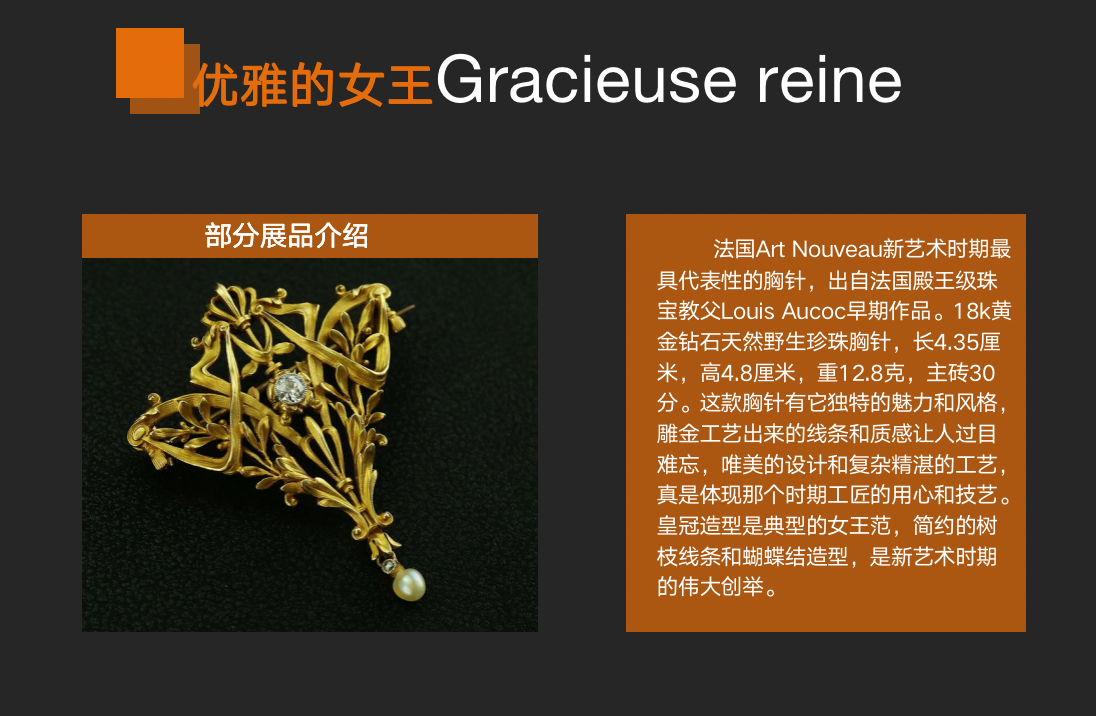
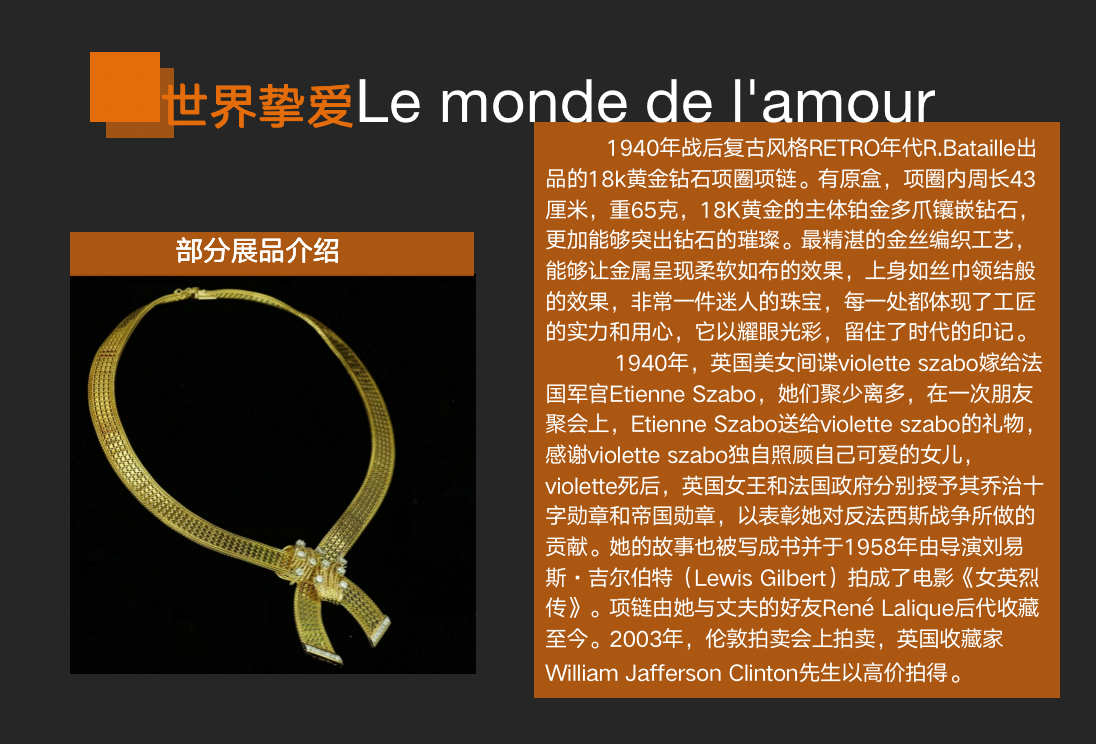
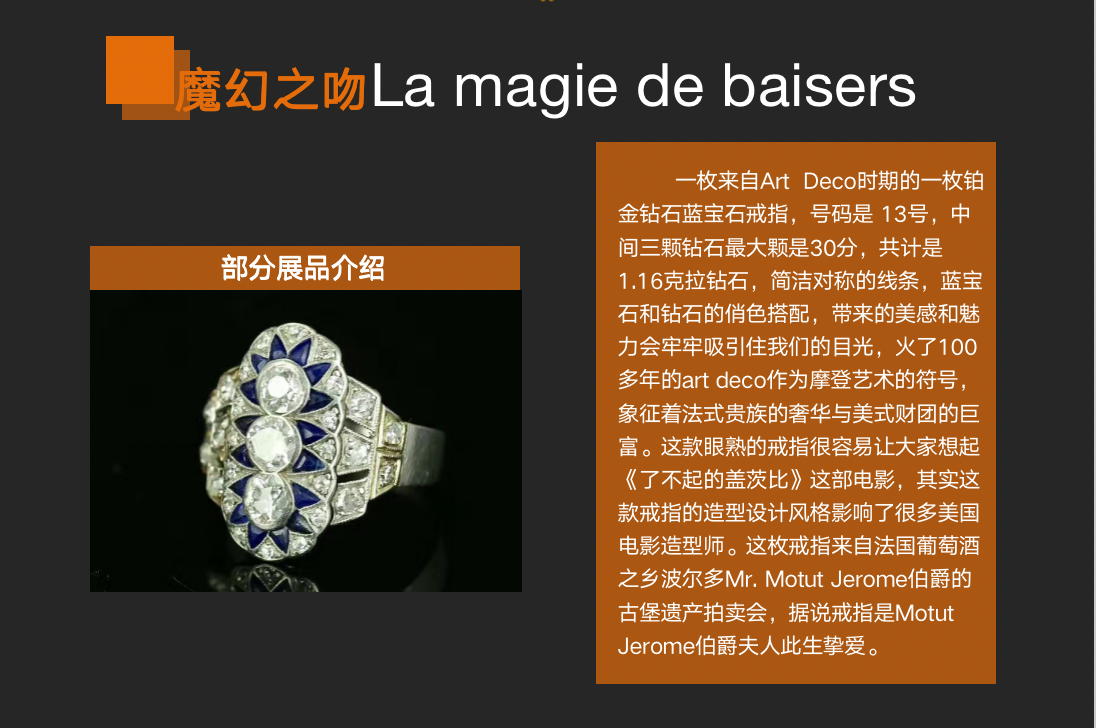
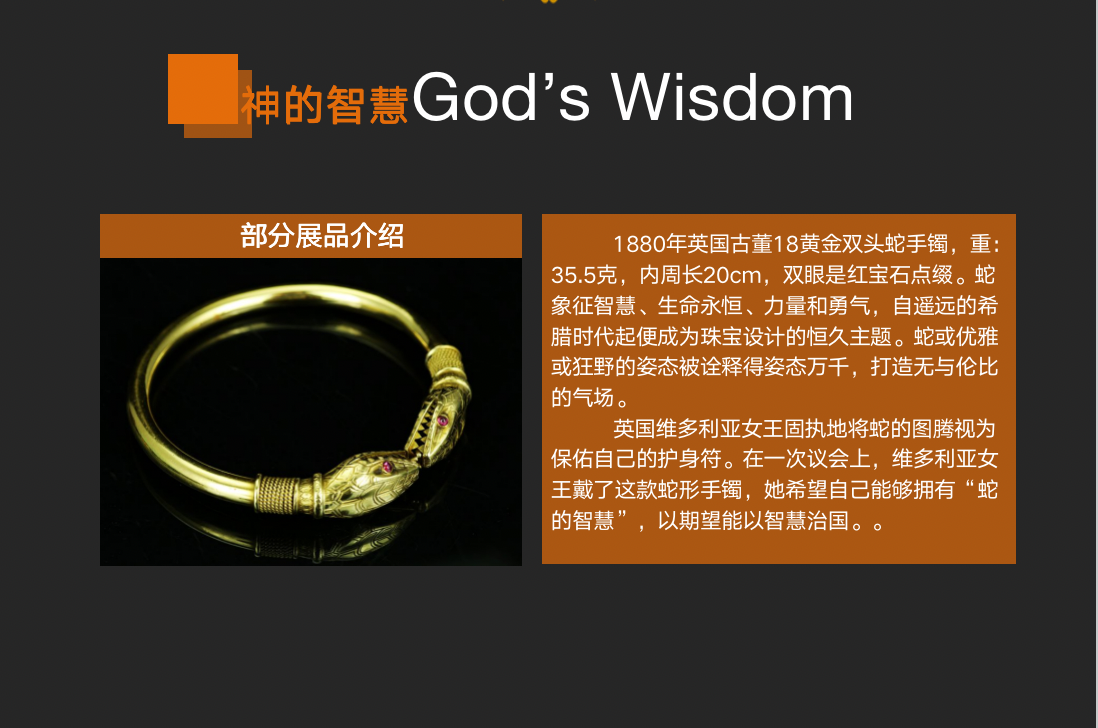
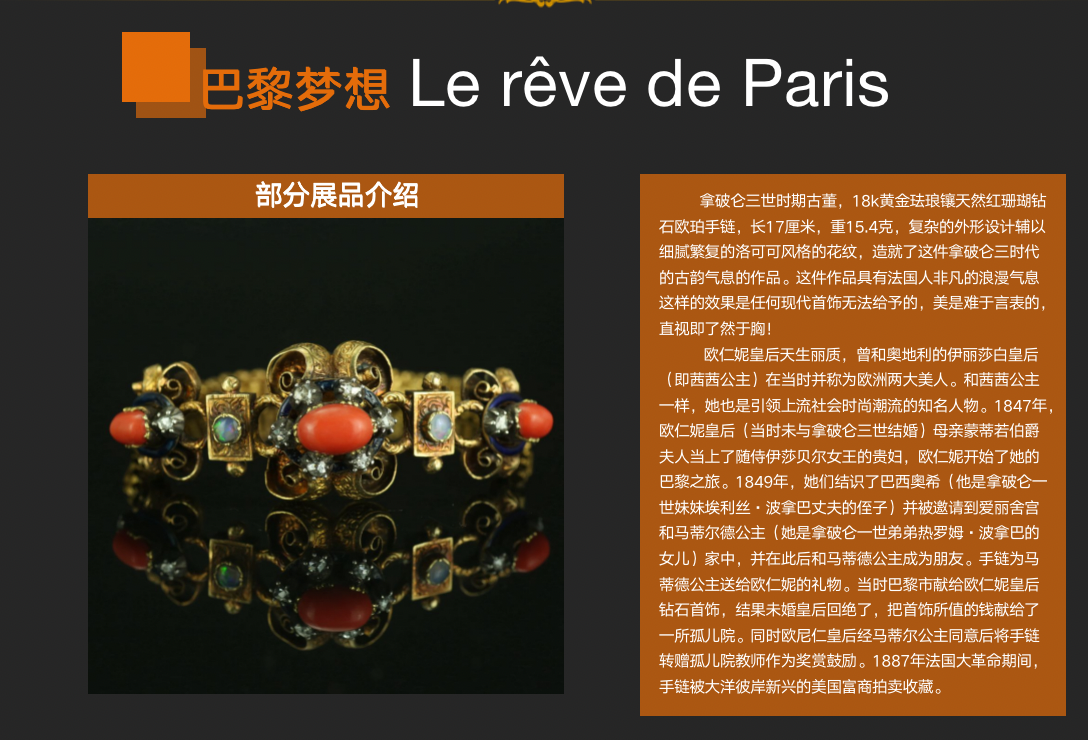
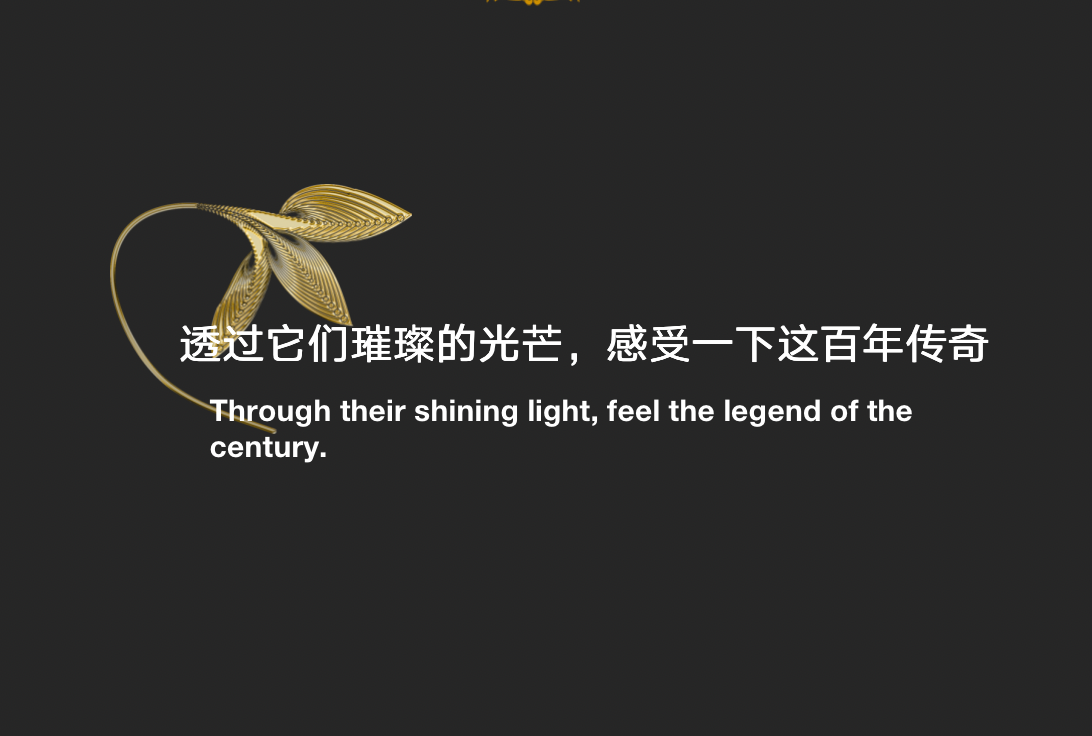
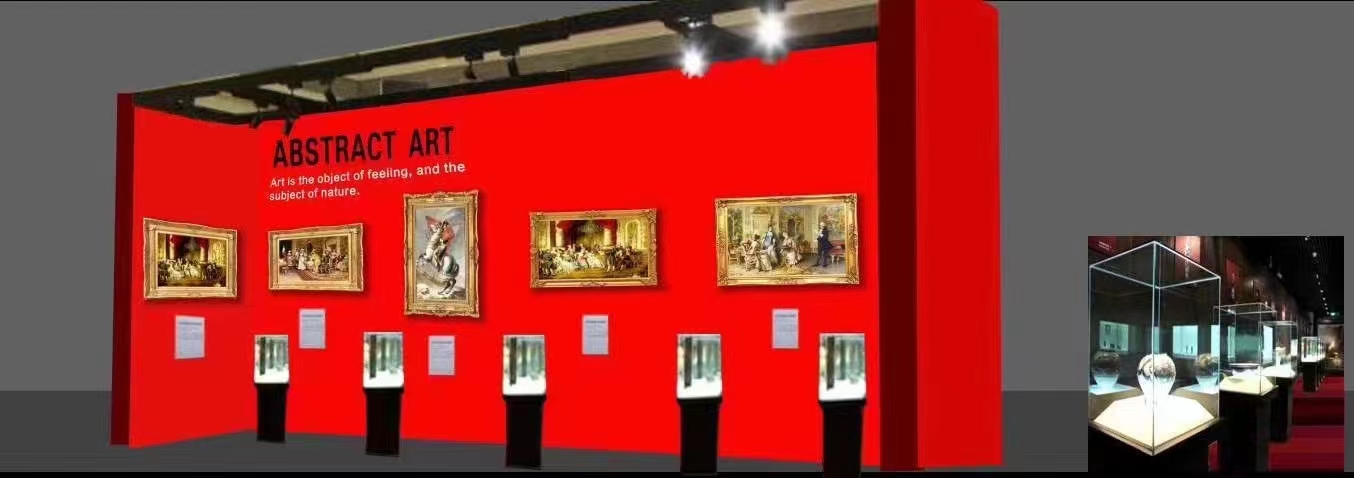
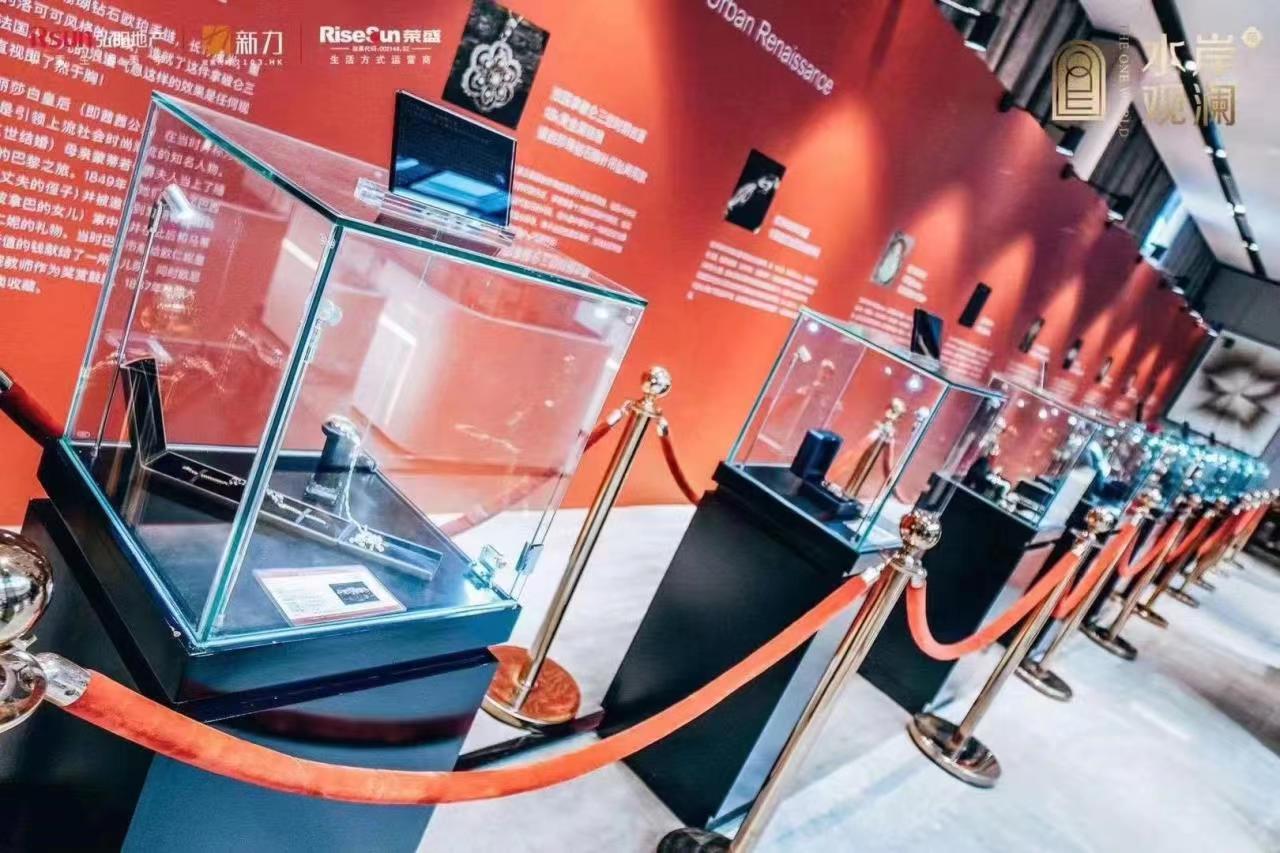
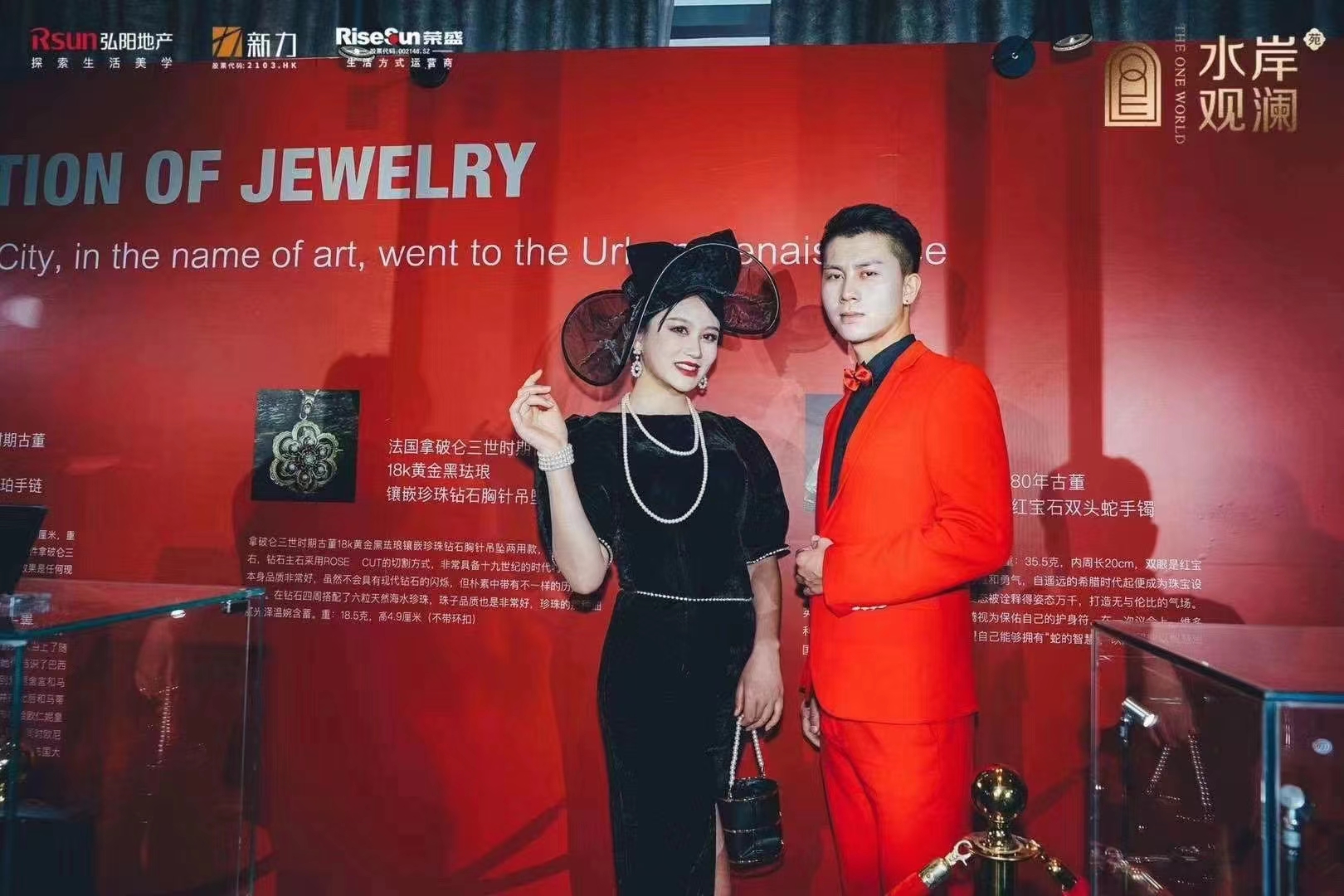
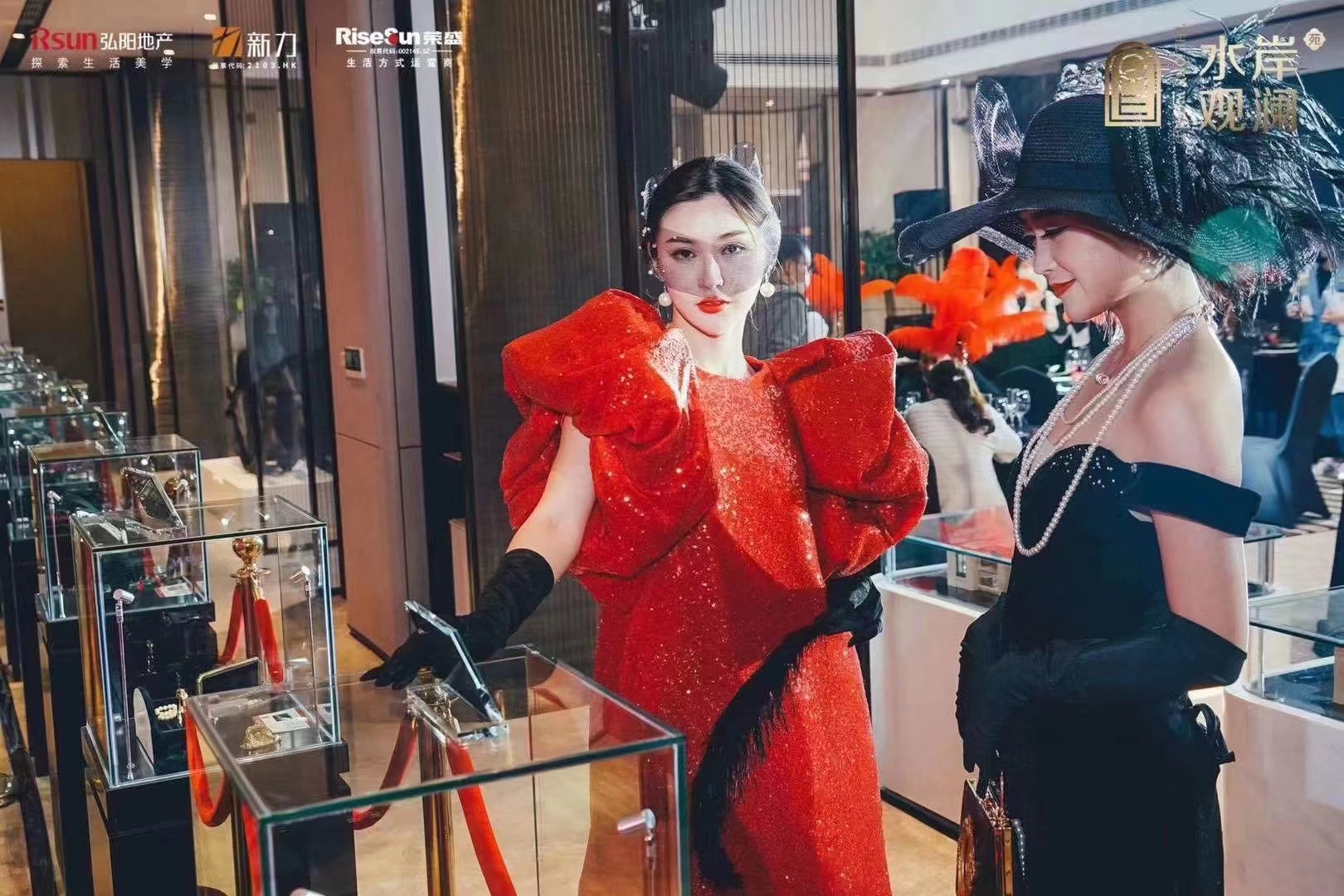
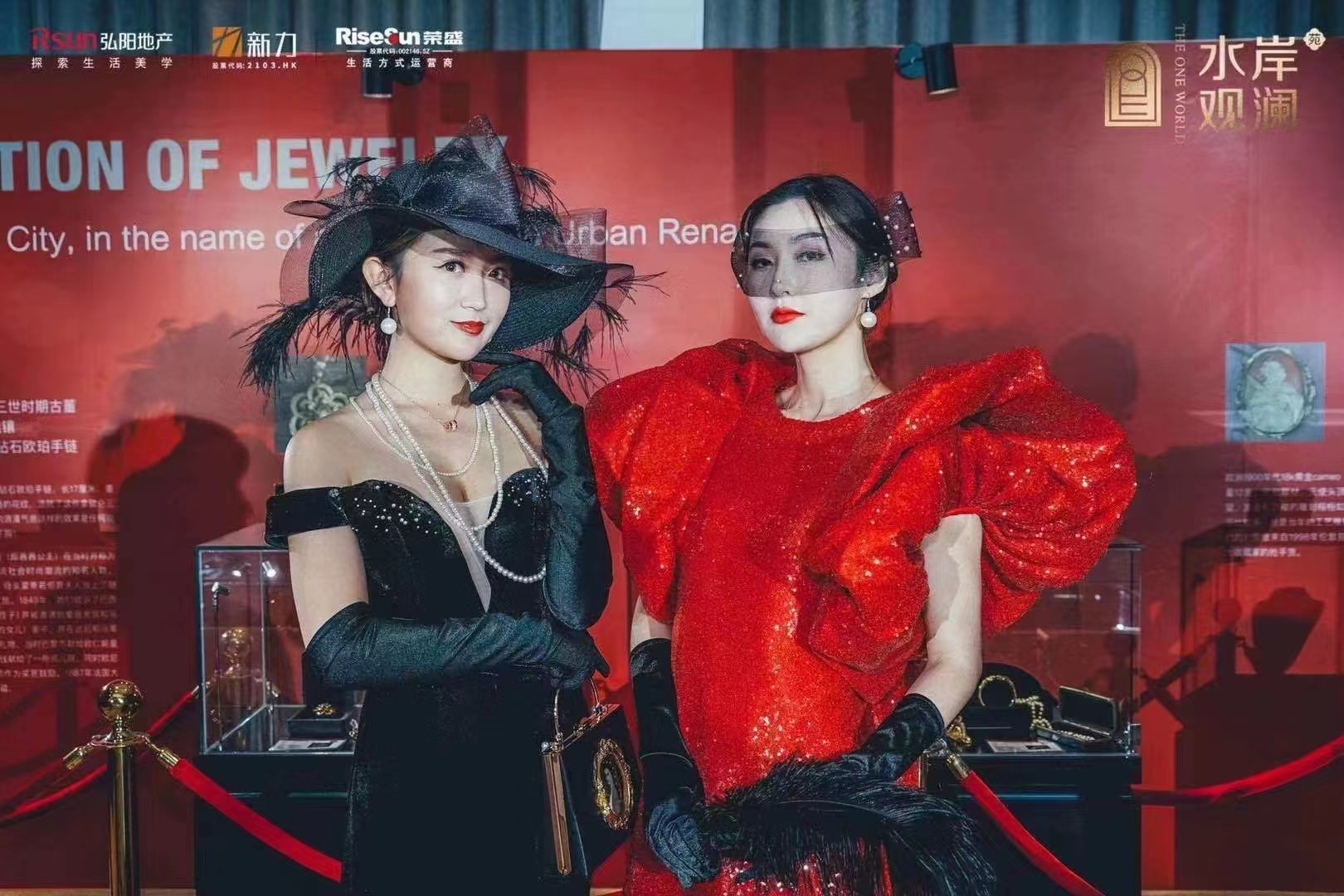
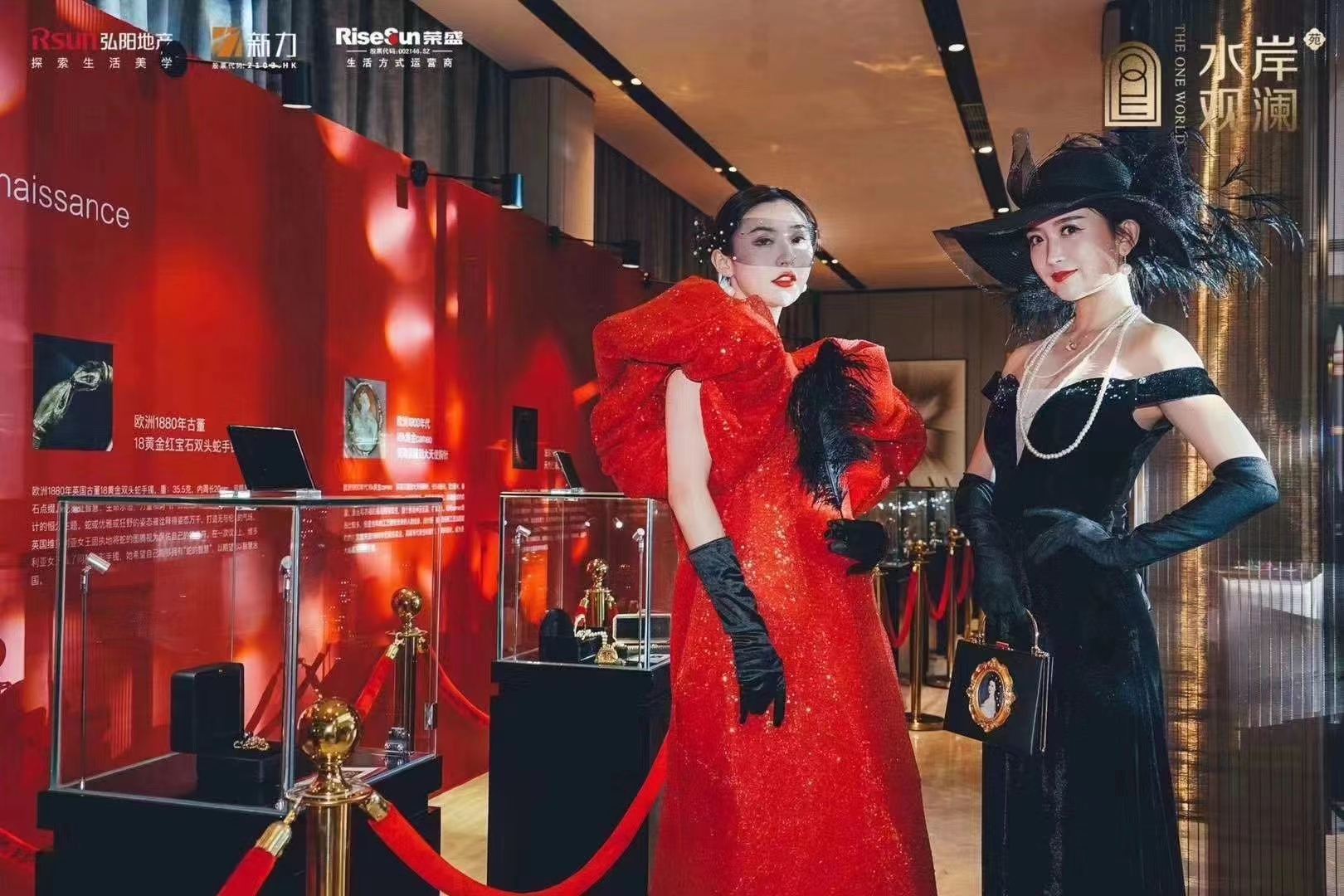
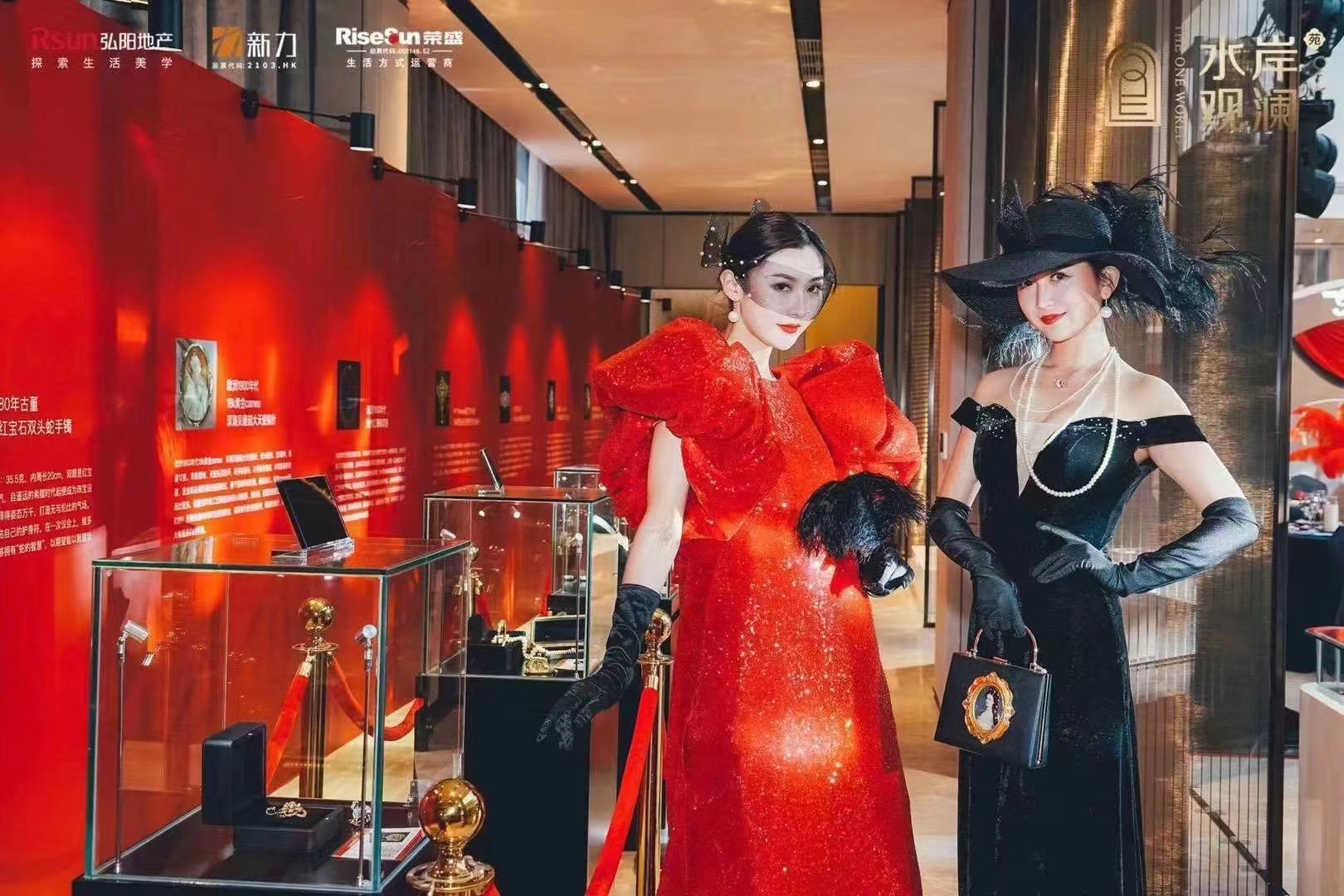
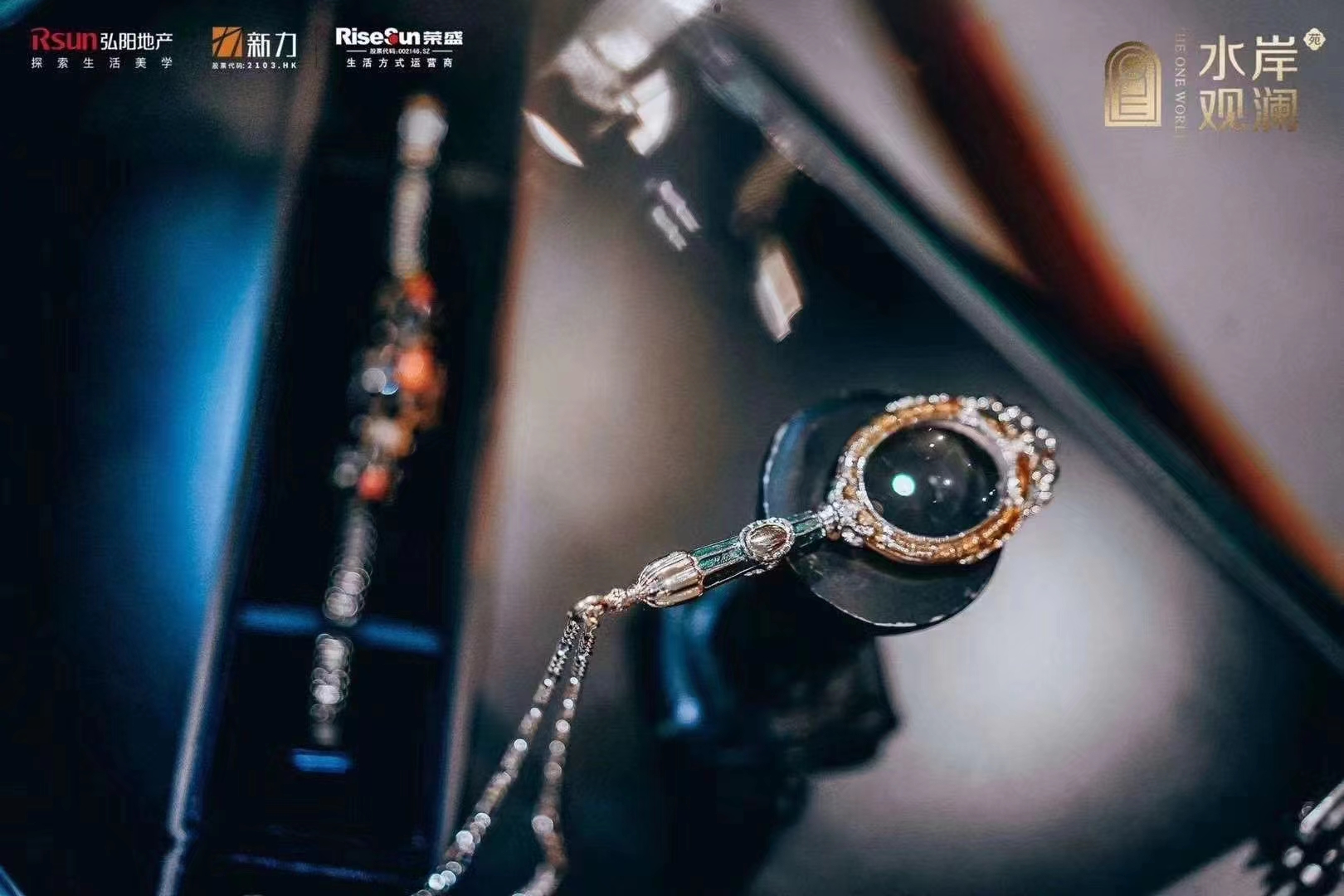

About the author
New Integration of Opera Rhyme, Drama, Peking Opera, Parade, Intangible Cultural Heritage, and Opera Performance
New style Peking Opera integrates modern performance forms.
lihao April 22, 2025
Liu Mingzhi, the inheritor of the Hundred Year Intangible Cultural Heritage Dehua Porcelain Project
Liu Mingzhi, a representative inheritor of Dehua porcelain firing techniques at the municipal level, was born in Dehua, the porcelain capital of China, in 1973. He is a master of traditional Chinese arts and crafts, a senior arts and crafts artist, a senior ceramic sculpture technician, and a national first-class artist. He grew up in Tuban Village, Xunzhong Town, Dehua County. This village is surrounded by mountains on both sides and water on the other side, with fresh air and beautiful scenery. In his childhood, painting in the green mountains and water and kneading clay with rare earths became a great pleasure in his life, which had a profound impact on his path towards porcelain carving art Liu Mingzhi's career began in 1990, when he graduated from high school and entered the century old folk brand "Yunyu Porcelain Village" in […]
lihao April 22, 2025
Master of Intangible Cultural Heritage Kiln Construction – Sun Jianxing
Jian Kiln, one of the famous kilns of the Song Dynasty, also known as "Jian'an Kiln" and "Wuni Kiln", is distributed in Jianyang Shuiji Kiln, Nanping Chayang Kiln, and Mount Wuyi Yulingting Kiln. The three kiln sites are collectively called Jian Kiln System. Famous for firing black glazed porcelain. Small bowls are the most common, with black mud colored fetal bones and multiple strip-shaped crystal patterns on the glaze surface, as fine as rabbit hair, known as "rabbit hair cups". There are also those that are burned into "Partridge Spots" and "Silver Star Spots", which are unique and beautiful. Underglaze grain is a decoration made by using the acidic traces formed by acidic glaze materials. Due to the upward firing of kiln ceramics, the glaze water hangs down, and the finished glaze color at the mouth edge is light. Due […]
lihao April 22, 2025
Master of Intangible Cultural Heritage Huimo – Zhou Meihong
Huimo The mellow smoke is refined for a long time, like a hammer in a pestle and mortar. Ink is one of the cultural genes engraved in the blood of China. Chinese literati often refer to themselves as "ink masters" and their works as "ink marks". The phrase "those who have good ink are like famous generals who have good horses" expresses the importance attached to ink. The world's ink industry is led by Huizhou ink. As one of the Four Treasures of Chinese Literature, Huizhou ink is light to pick, clear to grind, fragrant to smell, as strong as jade, and silent to study. When written on paper, a little bit is like lacquer, and it has been preserved for thousands of years. Throughout history, literati and ink masters have regarded it as a beloved object. Tracing back to […]
lihao April 22, 2025
Liu Zhongping, the inheritor of the centennial intangible cultural heritage woodblock New Year paintings
Woodblock New Year paintings are a traditional folk art form with a long history in China, spanning over a thousand years. It originated during the Wanli period of the Ming Dynasty, initially rising in the northern plains of Beijing, Tianjin, and other places, and later spreading to southern regions such as Shanghai, Suzhou, Hangzhou, and so on. Woodblock New Year paintings reached their peak in the mid to late Qing Dynasty, becoming decorative items for festivals and reflecting the rich content of Chinese folk society. Woodblock New Year paintings are made on wooden boards through manual carving and printing. The content usually includes images of gods, immortals, Buddhas, old events, folk customs, nature, animals and plants, as well as auspicious words and blessings. Its artistic style is strong and atmospheric, with extremely high historical and artistic value. Woodblock New […]
lihao April 22, 2025
Zhao Jin Baizhi, the fourth generation inheritor of the century old intangible cultural heritage of Beijing embroidery
Jing embroidery, also known as palace embroidery, is a traditional embroidery technique in ancient Chinese courts with a long history. It originated in the Tang Dynasty, flourished during the Song and Liao dynasties, and reached its peak in the Ming and Qing dynasties. Jing embroidery, with its exquisite skills and unique aesthetic style, has become one of the Eight Wonders of Yanjing. Especially in the Qing Dynasty, Jing embroidery was widely used in palace costumes and decorations, demonstrating high artistic value and cultural connotations. Beijing Embroidery has a variety of stitches, inheriting the essence of Suzhou Embroidery and other skills, including Qi stitch, Wo stitch, and set stitch. The combination of these stitches can produce rich lines and patterns, showing unique artistic effects. Its color application is exquisite, with five colors as its characteristic, emphasizing the coordination and unity between […]
lihao April 22, 2025
Related
Into the World of Wu Guanzhong: Art Works Exhibition
Into the World of Wu Guanzhong: Art Works Exhibition
Yiping Meng April 21, 2025
Zhao Wuji and Lescure Jean’s Collection of Rare Prints
Zhao Wuji and Lescure Jean's Collection of Rare Prints
Yiping Meng April 21, 2025
Su Lingzhi – Sculpture Art Exhibition
Su Lingzhi - Sculpture Art Exhibition
Yiping Meng April 21, 2025
National-level Intangible Cultural Heritage — Bead Embroidery
National Intangible Cultural Heritage — Bead Embroidery Xiamen bead embroidery is a decorative handicraft with a unique artistic style. Bead embroidery originated in the Tang Dynasty and reached its peak during the Ming and Qing dynasties. After the liberation of China, the craftsmanship gradually faded into obscurity. Xiamen bead embroidery is renowned for its novelty, magnificence, and dazzling appearance, and it has a history of more than a hundred years. There are over a hundred varieties, such as bead-embroidered slippers, bead-embroidered wall hangings, and bead-embroidered bags. These products all use shiny and colorful glass beads and electro-optical films, and traditional craftsmanship techniques such as convex embroidery, flat embroidery, string embroidery, grain embroidery, random stitch embroidery, vertical stitch embroidery, and overlapping piece embroidery are employed to create bas-relief patterns. The patterns of full-bead embroidery are meticulously structured, so dense that a […]
Yiping Meng April 21, 2025
Jiang Heng – “Blossoming Flowers like a Brocade – The Twelve Chinese Zodiac Signs” Art Works Exhibition
Born in Puning, Guangdong Province in 1972, he graduated from the Department of Fine Arts of South China Normal University in 1996 and obtained a Bachelor of Arts degree. Currently, he teaches at the School of Art and Design of Guangdong University of Technology. He has successively obtained a bachelor's degree from the School of Fine Arts of South China Normal University in Guangzhou and a master's degree from the School of Design and Art of Wuhan University of Technology. He is a member of the Experimental Art Committee of the Guangdong Artists Association, an academic committee member of the Puxi Pavilion of the Bund Art Center in Shanghai, a master's supervisor and associate professor at the School of Art and Design of Guangdong University of Technology, and a visiting scholar at Nankai University. In 2012, his representative work "Love […]
Yiping Meng April 21, 2025
Memories of Time —— Western Clocks by Antique Masters
Each single exhibition will feature no less than eight Western antique master clocks. These clocks represent a classic inheritance, meticulously handcrafted by masters and are precious heirloom collections.
Yiping Meng April 21, 2025


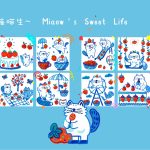
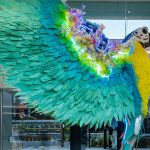

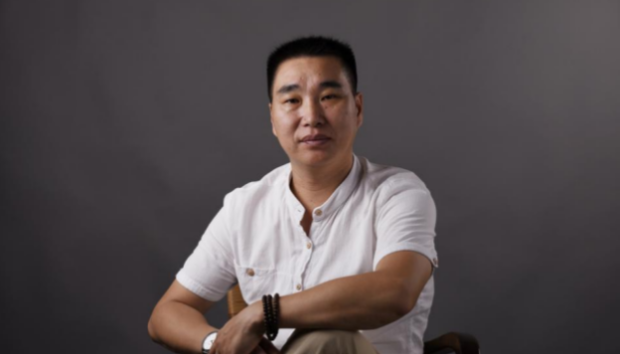


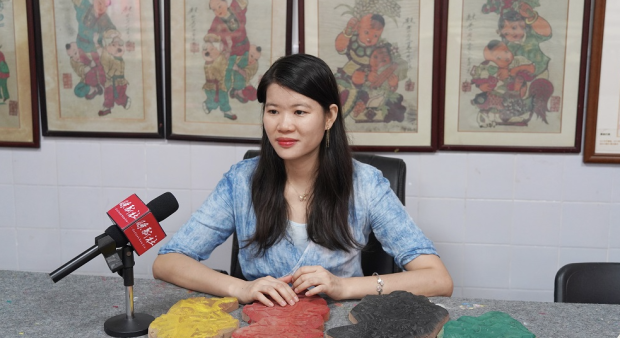


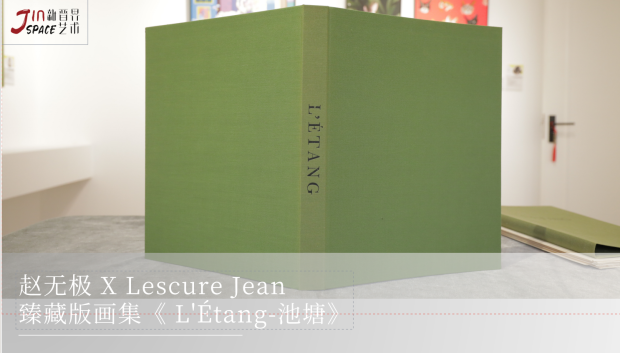

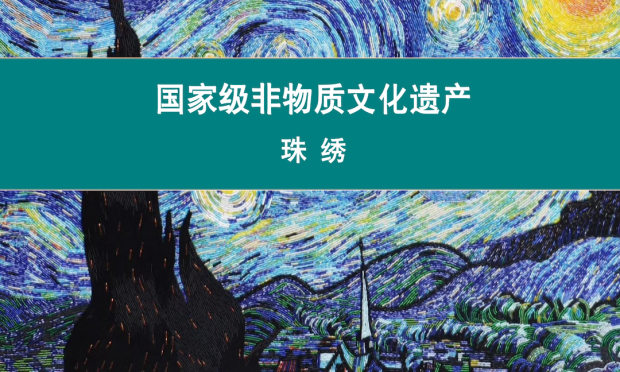



Be the first to leave a comment